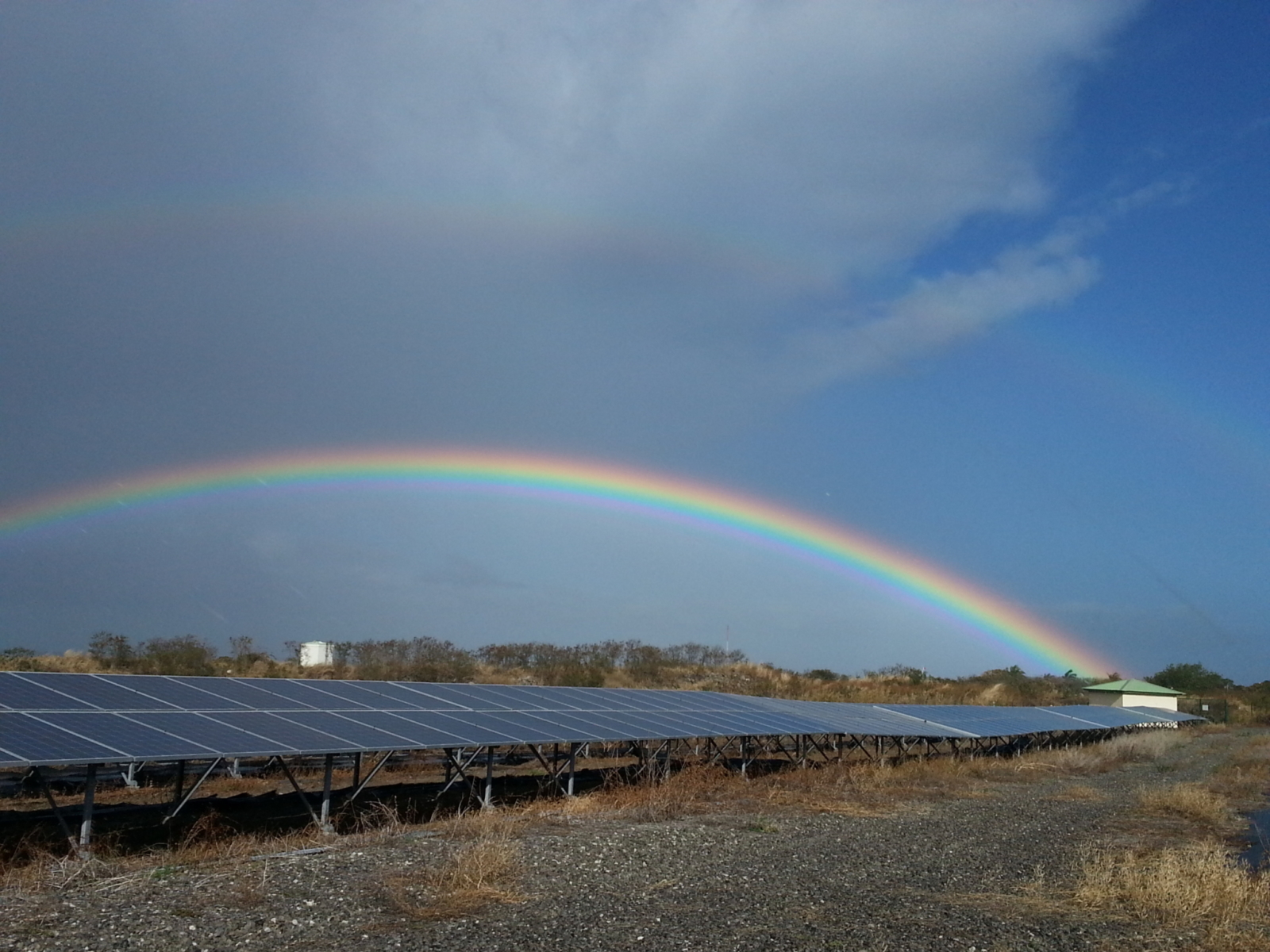Since the 1960’s, the French nuclear industry has provided a real price-competitiveness to electricity, which favoured companies and households. However, this domination of nuclear energy is challenged by emerging energies : we will see how the problematic of production cost is determining in after-crisis France where economic pragmatism outweighed environmental issues.
The underlying question is actually the following: are renewable energies and solar energy especially worthwhile? Sustainable development relies on three basic pillars: an environmental one, a social one, but also an economic one. Thus, they cannot get rid of this imperative of costeffectiveness without facing the risk of slow development, with the isolated aid of public subsidies.
Although this requirement was not verified a few years ago, the situation changed and suggests a massive development of solar energy: in 2008, a report from the French Ministry of Energy emphasized on the higher cost of solar energy. We now know thanks to SolarPower Europe that France will achieve grid parity (equality between the price of solar electricity and the market price of the electricity) in the south of the country in 2015 thanks to a 50% cut in the solar energy production costs between 2010 and 2020. SolarpPower Europe is an organization of which Reuniwatt is a member. It garners European photovoltaic companies in order to set up a proper legal framework and opportunities which enhance solar development.
French public authorities are adopting a legislation which provides evidence of the competitiveness of solar energy: for solar farms with a capacity of over 500 kW, the public mandatory purchasing system will be replaced by an additional remuneration contract, and the producer will sell its electricity at market price or use it directly. The decree will be published before the end of 2015 and put in place on the 1st of January next year.
This new competitiveness is illustrated through technical progress as well: for instance, the French company Soitec, the CEA-Leti in France and the German Fraunhofer ISE institute set a world record, by converting 46% of solar radiation into electricity with a multi-layers solar cell (the last record was set one year earlier at 44.7% by a French and German team).
Furthermore, the Fukushima nuclear accident showed again the inherent risk due to the use of the atom, and the need for strengthening security measures, which increased the required investment for such plants and the price per kWh. The EPR reactor in Flamanville (France), with a total estimated cost of €9 billion, is a painful example of skyrocketing spendings in gigantic projects implied by nuclear power. Fossil energy (coal, oil and gas) has to cope with the price variation of raw materials and the market price of a tonne of carbon dioxide.
Eventually, photovoltaic technology starts being competitive compared to other sources of energy. However the solar energy production has the defect of being intermittent, unlike the atom: it must be included in an energy mix which counterbalances its variation. Therefore, the production forecast is a main issue, to adapt the contribution of other energies. This is the mission undertaken by Reuniwatt, with its solar forecasting services Soleka. It makes it easier to add renewable energies in the energy mix, with a clear final goal: the progressive development of photovoltaics, and the control of human impact on the environment through innovation.
